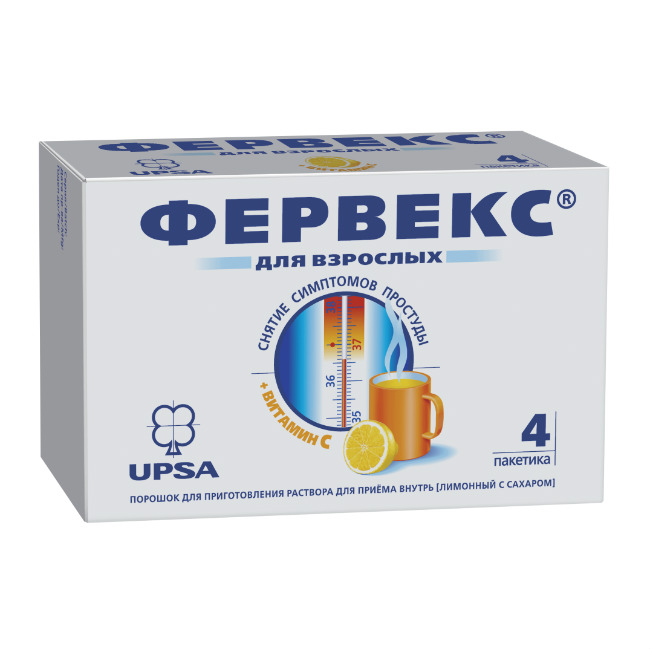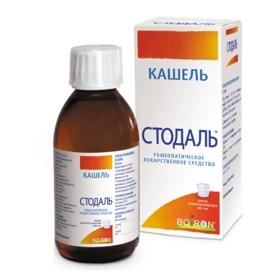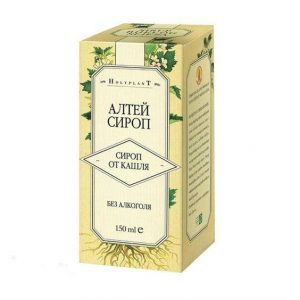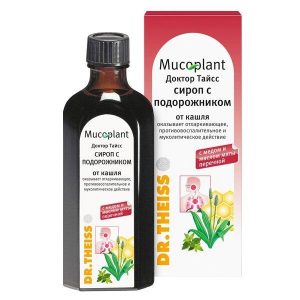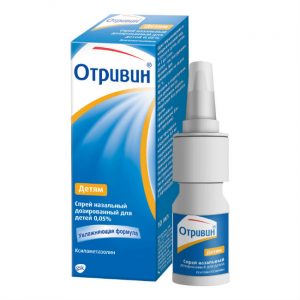Description
Pharmacological action
Fervex ® is a combined preparation that contains paracetamol, pheniramine and ascorbic acid. Paracetamol is a non-narcotic analgesic that blocks cyclooxygenase, mainly in the central nervous system, acting on the centers of pain and thermoregulation has an analgesic and antipyretic effect.
Pheniramine – a blocker of H1-histamine receptors, reduces rhinorrhea and lacrimation, eliminates spastic phenomena, swelling and hyperemia of the mucous membrane of the nasal cavity, nasopharynx and sinuses.
Ascorbic acid is involved in the regulation of redox processes, carbohydrate metabolism, blood coagulation, tissue regeneration, in the synthesis of steroid hormones reduces vascular permeability, reduces the need for vitamins B1, B2, A, E, folic acid, pantothenic acid. Improves the tolerance of paracetamol and lengthens its effect (associated with an extension of T1 / 2.
Contraindications
Hypersensitivity to paracetamol, ascorbic acid, pheniramine or any other component of the drug.
Erosive-ulcerative lesions of the gastrointestinal tract (in the acute phase).
Hepatic failure.
Angle-closure glaucoma.
Urinary retention associated with diseases of the prostate gland and impaired urination.
Portal hypertension.
Alcoholism.
Phenylketonuria.
Children’s age (up to 15 years).
Pregnancy and lactation (safety has not been studied).
Precautions – renal failure, congenital hyperbilirubinemia (Gilbert, Dubin-Johnson and Rotor syndromes), viral hepatitis, alcoholic hepatitis, advanced age.
Special instructions
The product is sugar free and can be used by patients with diabetes mellitus.
Fervex ® should not be used concurrently with other medicines containing paracetamol.
In order to avoid toxic liver damage, paracetamol should not be combined with alcoholic beverages, and should also be taken by people prone to chronic alcohol consumption.
The risk of developing liver damage increases in patients with alcoholic hepatosis. When exceeding the recommended doses and with prolonged use, a mental dependence on the drug may appear.
To avoid an overdose of paracetamol, make sure that the total daily dose of paracetamol contained in all medications taken by the patient does not exceed 4 g.
INFLUENCE ON THE ABILITY TO DRIVE MOTOR VEHICLES AND MECHANISMS
Considering the possibility of developing undesirable effects such as drowsiness and dizziness, it is recommended to refrain from driving and mechanisms during the treatment period.
Composition of
Each bag contains:
Active ingredients:
Paracetamol – 0.500 g
Ascorbic acid – 0.200 g
Pheniramine maleate – 0.025 g
Excipients:
mannitl citricl0.30 g citr50g 30 g srdl050 lemon 30g srdl 0.400 g
aspartame 0.050 g,
lemon-rum flavor * – 0.200 g
* Flavor composition:
maltodextrin,
acacia gum,
-Pinene,
-Pinen,
limren,
renden,
lrenp,
renden, srdlpp lrenden, srdlpprenden,
renden, srdlpp lrenden, srdlpp lrenden, srdlpp lrenden, srdlpp lrenden, srdlpp lrenden, srdlpp lrenden, srdlpp neral,
-terpineol,
geranial,
dextrose,
silicon dioxide E551,
butylhydroxyanisole.
Dosage and administration
Inside – 1 sachet 2-3 times a day. Before use, the contents of the bag must be dissolved in a glass (200 ml) of warm water.
The maximum duration of treatment is 5 days. The maximum daily dose of paracetamol is 4 g (8 packets of the drug Fervex ®) with a body weight of more than 50 kg. The interval between doses of the drug should be at least 4 hours. In patients with impaired renal function (creatinine clearance <10 ml / min), the interval between doses should be at least 8 hours. If symptom relief is not observed within 5 days after starting the drug, the body temperature remains, or after the initial decrease it suddenly rises again, consult a doctor. Side effects The drug is well tolerated in recommended doses. Possible dry mouth, nausea, vomiting, abdominal pain, impaired urination, constipation, allergic reactions (erythema, skin rash, itching, urticaria, Quincke’s edema, anaphylactic shock), drowsiness, accommodation disturbance, palpitations, orthostatic hypotension , impaired coordination, tremors, confusion, hallucinations, impaired attention (more often in elderly patients). Rarely – anemia, leukopenia, agranulocytosis, thrombocytopenia, agitation, nervousness, insomnia. If you experience any adverse reactions, stop taking the drug and consult your doctor. Overdose Symptoms of acute paracetamol poisoning include anorexia, nausea, vomiting, epigastric pain, sweating, pale skin, drowsiness. After 1-2 days, signs of liver damage appear. In severe cases, liver failure, hepatonecrosis, encephalopathy and coma develop, which can lead to death. Signs of pheniramine poisoning are convulsions, impaired consciousness, coma. If symptoms of poisoning appear, stop using the drug immediately and consult a doctor. Gastric lavage, administration of enterosorbents (activated carbon, hydrolysis lignin), intravenous or oral administration of an acetylcysteine antidote (if possible, in the first 10 hours after an overdose), symptomatic treatment is recommended. Storage conditions At a temperature of 15 to 25 ° C. Keep out of the reach of children! Expiration 3 years. Terms and conditions without prescription dosage form powder for oral Appointment Dlya vzrosl h Indications Nasmork, cold, Hrypp
